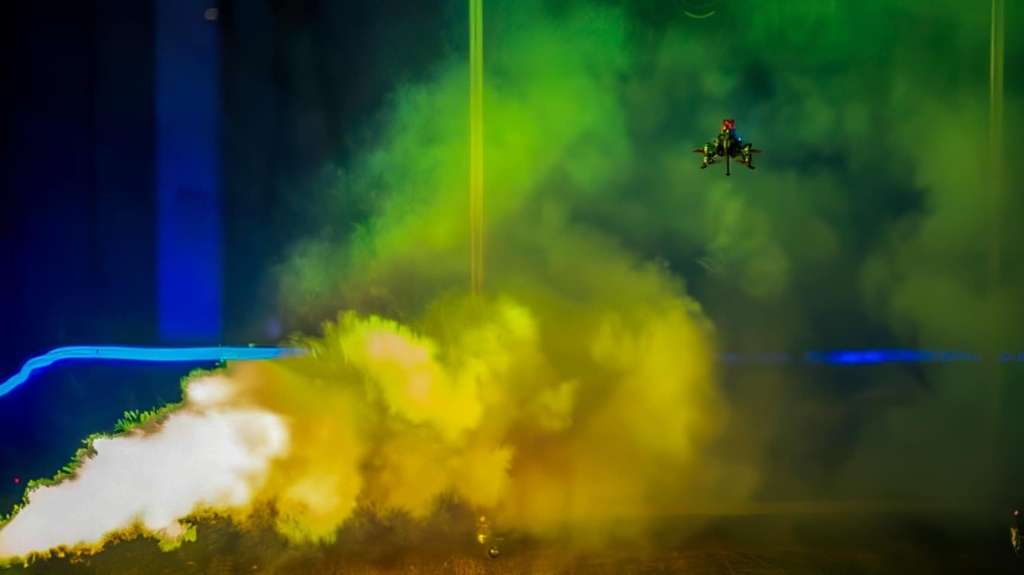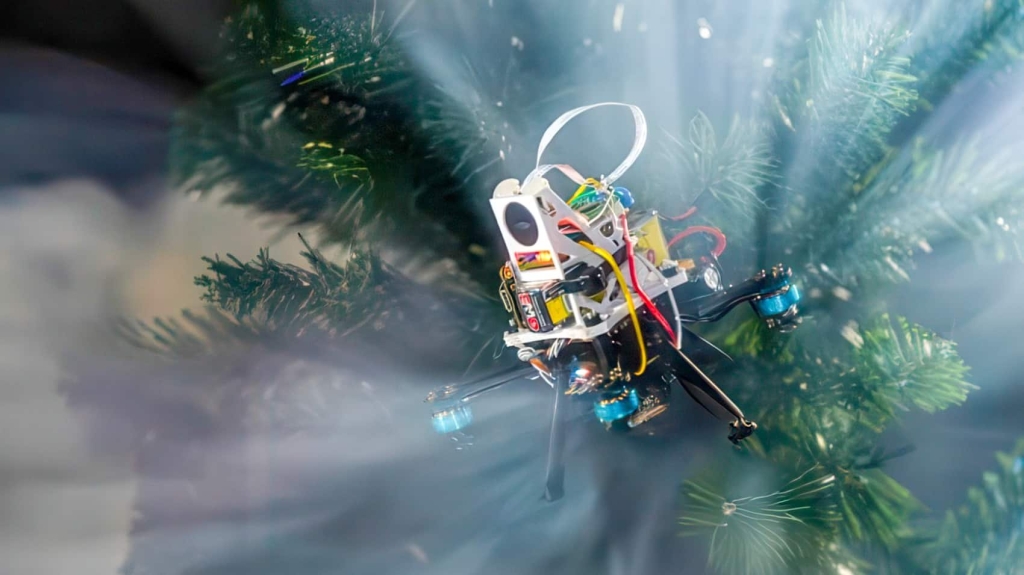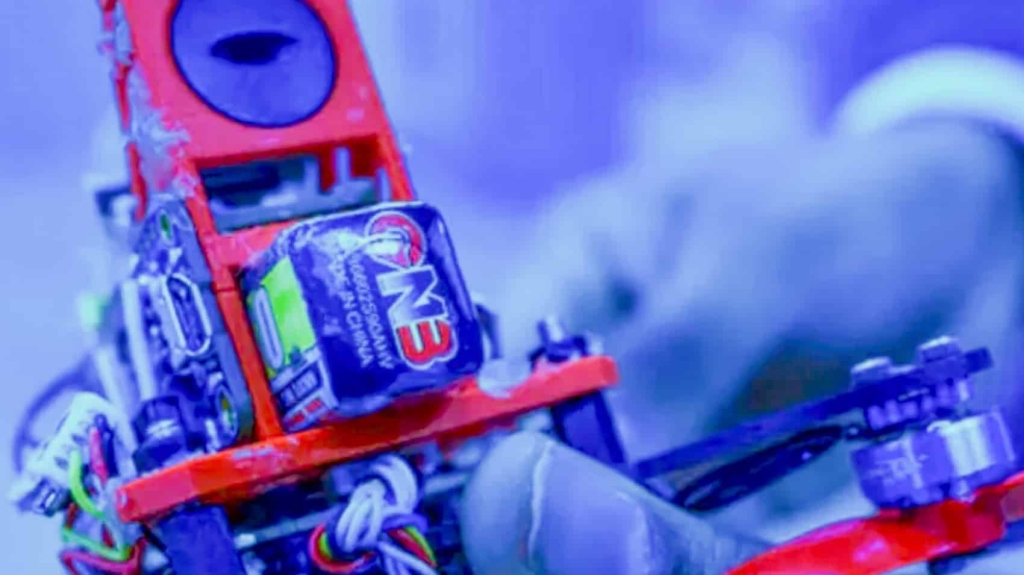WPI Develops Bat-Inspired Drones That Navigate In Darkness

At Worcester Polytechnic Institute (WPI), researchers are taking a cue from one of nature’s stealthiest night flyers — the bat. Led by Professor Nitin Sanket, the team is developing tiny, autonomous drones that can navigate in total darkness using ultrasound, just like bats that never seem to bump into walls (unlike some drone pilots we could mention).
The project, titled “Sound Navigation: Enabling Tiny Robots to Find Their Way Through Smoke, Dust, and Darkness,” has received funding from the National Science Foundation’s Foundational Research in Robotics (FRR) program. The Debrief.org investigate about and told us about this amazing project. The goal is to build palm-sized flying robots that thrive in places where cameras and LIDAR systems fail — like smoke-filled buildings, dusty tunnels, and pitch-black caves.
Echolocation in the Sky
Bats are living sonar systems. They emit high-frequency sound waves and process the echoes to build a 3D map of their surroundings. Sanket’s drones aim to do exactly that, except with microprocessors and ultrasound sensors instead of fuzzy ears. We have to remember that submarines sonar technology is based also on this gorgeous creatures.
“By using ultrasound-based echolocation, our robots can operate in places where light-based systems fail,” Sanket explained. These drones could soon assist in search and rescue missions, detecting survivors in collapsed buildings or helping firefighters navigate through thick smoke.

The prototypes will be smaller than 100 millimeters and weigh less than 100 grams. That’s roughly the size of a large hummingbird — though hopefully with a better sense of direction than your average hobby drone on a windy day. I would love to fly one of this birds!
Built From the Ground Up
Unlike many research projects that modify commercial drones, Sanket’s team is building everything from scratch. Working with TDK Electronics, they’re developing advanced ultrasound sensors that can pick up the faintest echoes. The mechanical structure is fully custom-made at WPI, using metamaterials designed to reduce propeller noise — the sonic equivalent of trying to hear a whisper next to a lawn mower.

“Propellers create a lot of mechanical noise that interferes with ultrasound detection,” Sanket said. “We’re designing mathematical models and 3D-printed structures to minimize that interference.”
The real magic happens when the data reaches the onboard AI system. The drone’s custom software filters out background noise, interprets reflections, and plots a safe path forward — all in real time. It’s like giving a bat an engineering degree and a machine learning toolkit.
Efficiency That Would Impress Mother Nature
Ultrasound navigation isn’t just clever — it’s also remarkably efficient. The sensors use only 1 milliwatt of power, nearly a thousand times less than cameras or LIDAR systems. That means longer flight times, smaller batteries, and more room for useful payloads.
The first prototypes will rely on standard quadrotor propulsion, but the team plans to experiment with flapping-wing designs in the second year. These could reduce propeller noise even further and make the drones move more like birds or insects. “We believe flapping wings could make the drones quieter and more agile,” Sanket said.
If that works out, the line between biology and robotics might start to blur — and the average bat might finally meet its match in a drone that’s just as silent, swift, and smart.
Looking Ahead
When the three-year project wraps up, all research findings will be made open source, allowing others to build on WPI’s work. The potential applications are vast: search and rescue, environmental monitoring, volcano exploration, and even self-driving cars that navigate with sound.

“Our research is the first to demonstrate how small robots can work in visually degraded conditions such as smoke, dust, darkness, and snow,” Sanket said. “This brings a new perspective on autonomy using ultrasound, which remains underexplored in flying robots.”
Beyond the tech, Sanket has a bigger vision. He imagines a world where small autonomous drones become everyday helpers — pollinating flowers, inspecting buildings, or even acting as personal companions. “I envision a future where we are surrounded by small robots doing various tasks such as searching for survivors, carrying payloads, entertaining us, and even as our personal companions,” he said.
DroneXL’s Take
This WPI project could be the breakthrough that brings sound-based navigation into the mainstream. Drones that don’t need light can go where no quadcopter has gone before — deep into smoke, snow, or darkness. And if they can fly half as smart as a bat, that’s already a big step up from many human pilots still trying to master their first landing. I know some.
Bat-inspired drones might sound like science fiction, but if Sanket’s work succeeds, the future of robotics could be guided not by sight, but by sound. When visibility drops to zero, it’s the bat — and now, maybe the drone — that always finds its way home.
Photo credit: Worcester Polytechnic Institute
